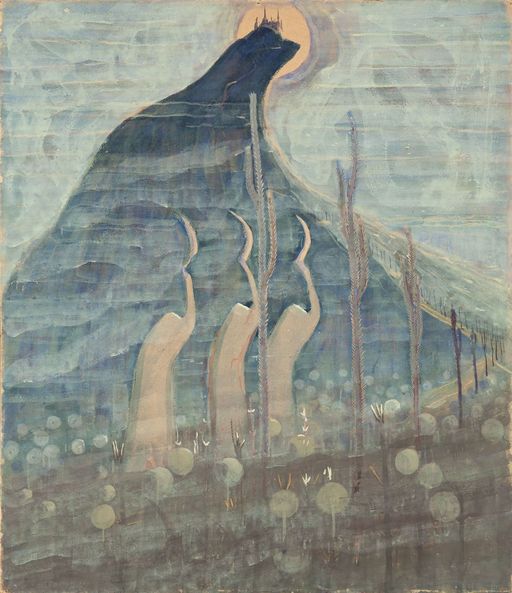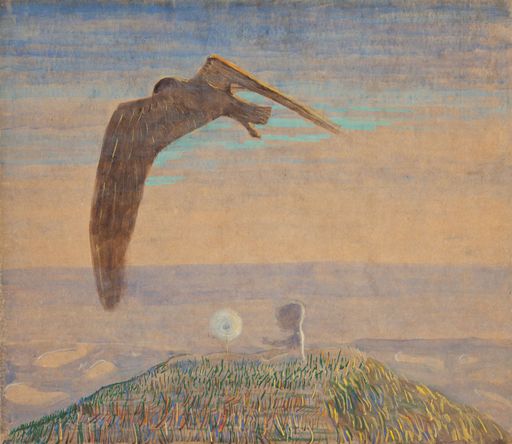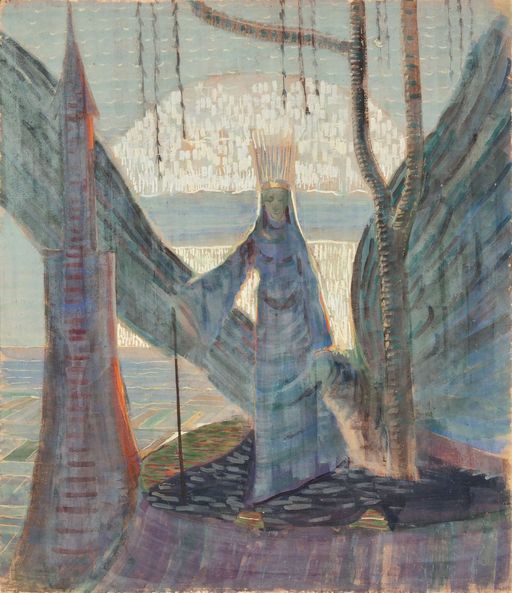Fairy Tale. Triptych.

Fairy Tale. Triptych.
M.K. Čiurlionis' art is full of narratives, symbols and meanings taken from fairytales. His tales are not linked to a specific source, but they are based on the structures and rules of traditional folklore. Perhaps it is difficult for an audience that is distanced from its roots to understand their meaning and identify the logical relationships characteristic of fairytales, but as Sofija Čiurlionienė-Kymantaitė mentions in her memoirs, everything is clear without the need for much investigation.
When this triptych was on display at the second Lithuanian Art Exhibition in Kaunas, the artist and archaeologist Tadas Daugirdas once had an encounter with a villager who had come to see the exhibition. As Daugirdas tried to explain the meaning of Čiurlionis' painting, the man “stopped him with a wave of his hand just as the patron began to speak. 'No need – I understand everything myself! It's a fairytale. See, people are climbing up the mountain to find a miracle. They think that some sort of princess is standing there – and the strongest, most handsome, and finest one will have her. They climb up only to find that the princess is no longer there. Only a poor bare child sits there, grasping a dandelion clock and crying.'
This was the story recounted by Tadas Daugirdas to Konstantinas Čiurlionis. The artist was moved to tears, <...> saying that it was such bliss to know that he had not been wrong in thinking that his art could speak to the hearts of simple folk, for he too had grown up in the provinces,” (Čiurlionienė-Kymantaitė, S. “Iš atsiminimų apie M.K. Čiurlionį”. Čiurlionis M.K. Apie muziką ir dailę. Vilnius.: Valstybinė grožinės literatūros leidykla, 1960, 324-325).


